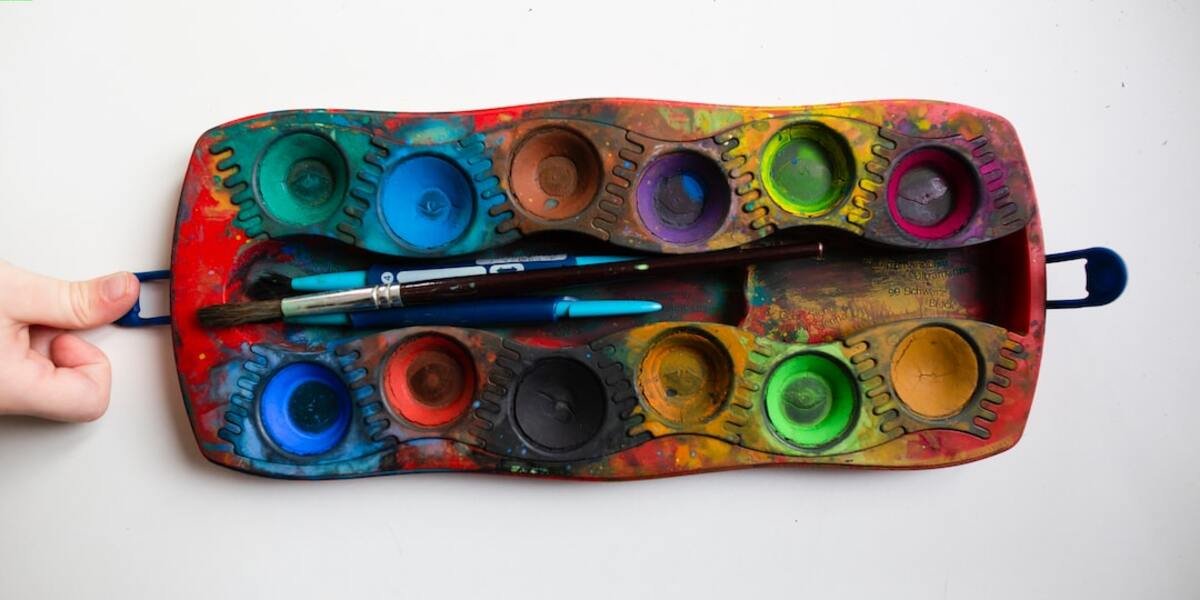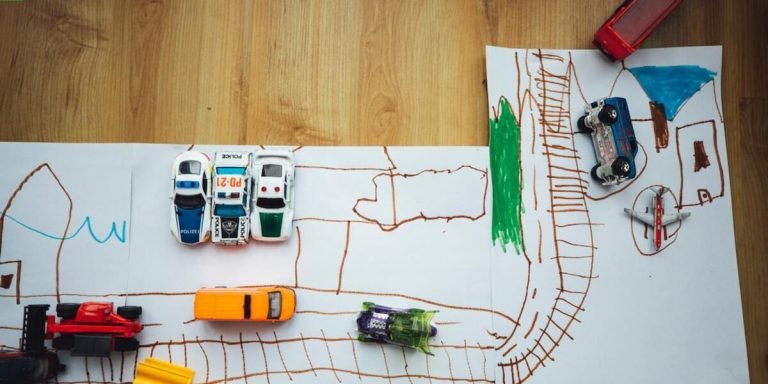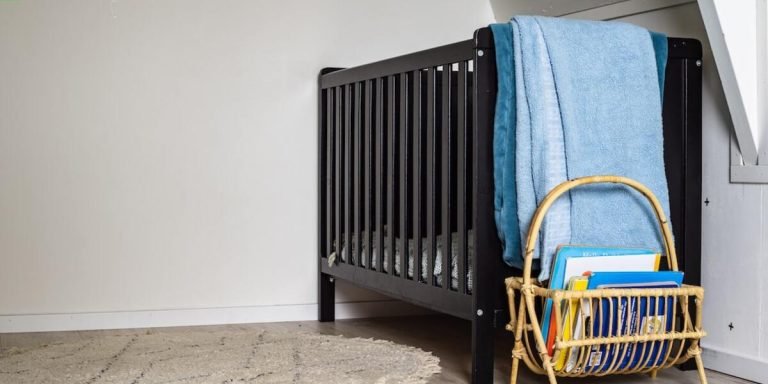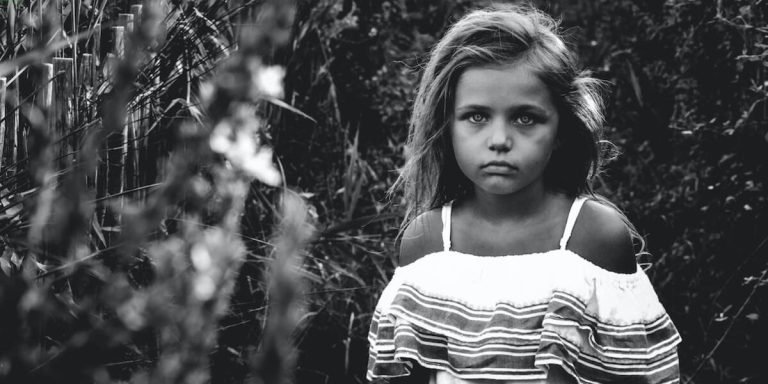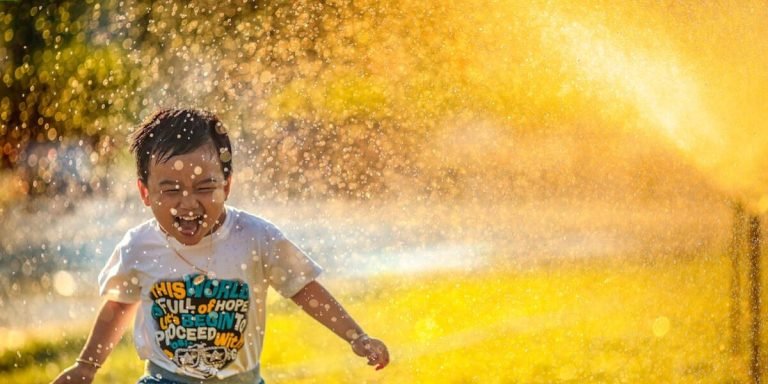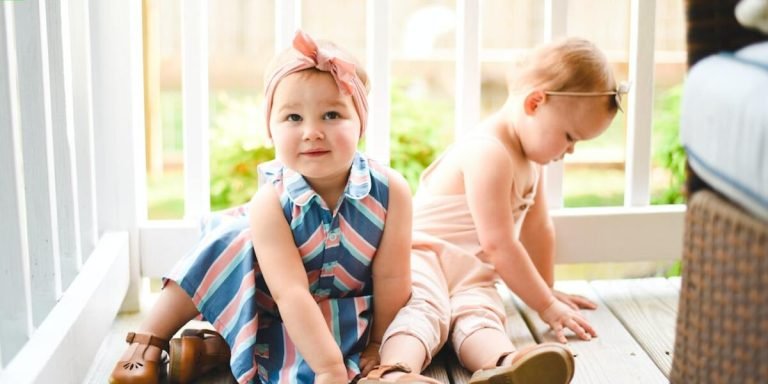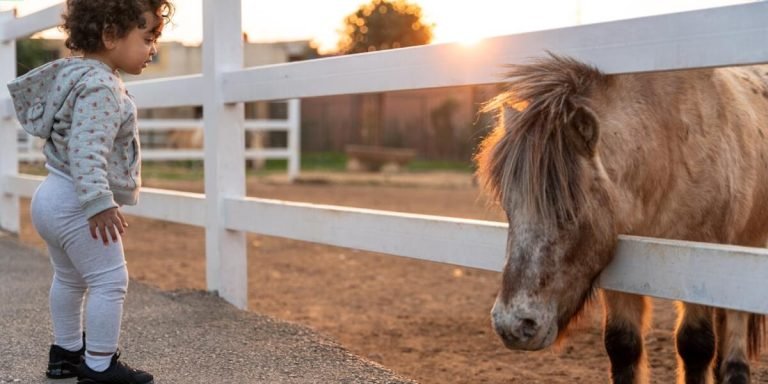Montessori Classroom: A Holistic Approach to Early Childhood Education
In the realm of early childhood education, a Montessori classroom stands distinct in its approach to develop young minds. Designed meticulously for children’s self-directed learning, this unique environment nurtures each child’s natural inclination towards growth and discovery. The philosophy behind a Montessori Classroom doesn’t merely serve academic needs but also focuses on fostering ethical, emotional and social development in children.
A Montessori classroom differs from traditional methods by respecting each child’s potential, which lays an effective foundation equipping them with skills that last well beyond kindergarten or preschool years. This understanding can empower parents to make informed choices for their child’s schooling experience.
Did you know?
Did you know? In a Montessori classroom, learning materials are strategically placed on open shelves within easy reach of the children. This fosters independence as they choose and return their own activities, reflecting Montessori’s child-centered approach to education.
Unpacking the Montessori Classroom Approach: Key Principles and Methods
When we delve into the Montessori classroom approach, there’s a lot to appreciate about its unique pedagogical philosophy. Key principles and methods centralize around making learning an organic process for children. The core tenet of this methodology is respect for each child’s individual needs, interests, rhythm of development – all blossoming in an environment designed specifically to foster growth at their own pace.
The Montessori Classroom isn’t just another room filled with educational paraphernalia; it’s a thoughtfully curated ecosystem that puts students’ exploration and self-expression front and center.
Children are allowed free movement within the carefully arranged setting which includes low shelves featuring tactile materials displayed sequentially according to varying levels of complexity. Emphasis on ‘hands-on’ experiences empowers them as they become active agents in their own education journey rather than passive recipients.
Among methods deployed in a typical Montessori setup are practical life skills exercises ranging from daily chores such as cleaning up after playtime or preparing simple snacks, symbolic plays stimulating cognitive abilities through concrete sensorial activities like bead stringing or sandpaper letters tracing not forgetting culture lessons embedding appreciation for diversity right from early years.
Through replicating real-life scenarios seamlessly blending with expert guidance enables young minds grasp transferrable competencies such as problem-solving abilities enhancing self-confidence enabling successful transition into formal schooling system later on.
The Role of Mixed Age Groups in Fostering Learning
The Montessori classroom thrives on the idea of mixed age groups. In essence, this setting mirrors our society where people interact with others of varying ages daily. It’s a unique characteristic that sets it apart from other teaching methods.
One key aspect is that in a Montessori Classroom, children are divided into different classes primarily based on their developmental stage and not purely by chronological age. Classes typically consist of three-year age spans: 3-6 years, 6-9 years and so on through adolescence.The mix creates rich opportunities for learning annd interaction both vertically (older to younger) as well horizontally (within same-age peers).
In these classrooms filled with diverse capabilities because of the varied ages, peer learning becomes very effective. Younger children tend to learn valuable skills like communication or even basic tasks like tying shoes from older classmates unconsciously mimicking them while also recognising their potential future abilities.
On the flip side,the elder kids get an opportunity to step into leadership roles assisting younger ones,this instils patience,respect,and understanding empathy;skills highly essential later in life.It also boosts up confidence levels seeing themselves proficient enough at certain things enabling them teach others.
Understanding the Prepared Environment Concept
The Montessori classroom, a core element of the popular educational system developed by Dr. Maria Montessori over 100 years ago, revolves around an integral concept known as the “Prepared Environment”. This idea is far from simply arranging furniture or decor in a room; instead, it embodies a philosophy that champions child autonomy and holistic development.
Fundamentally designed to cater to children’s natural curiosity and need for exploration – both fundamental drivers of early learning, the prepared environment specifically refers to creating spaces rich with opportunities for independent exploration. Hence every material in such classrooms is judiciously chosen considering its potential use by learners – promoting hands-on learning rather than rote memorization.
But what are these materials? A typical Montessori classroom houses resources ranging from practical life exercises like washing dishes or sweeping floors which foster fine motor skills and independence; sensory-based activities aimed at refining senses through engagement with different textures or sounds; language arts materials fostering improved reading comprehension abilities among other things.
Moreover, freedom underlies much about how kids interact within their setups – they can freely choose any activity appealing them while educators play more supportive roles– observing quietly before gently steering if needed without inhibiting self-discovery experiences.
Materials and Activities: The Heart of a Montessori Classroom Experience
The Montessori classroom is considered the cornerstone of early childhood education, with its emphasis on child-led learning and hands-on experiences. What truly sets this approach apart however, are the materials and activities that form an integral part of every day in a Montessori setup.
Understanding these unique tools and practices might seem daunting to parents who are new to it or educators looking to branch out their teaching methods. Yet they serve as avenues for children’s discovery and exploration; fostering organic learning experiences unlike any other method. These purpose-built items aren’t just toys but essential building blocks designed scientifically by Dr Maria Montessori herself.
From tactile alphabet letters for spelling practice, counting beads for developing math skills, trinomial cubes introducing algebraic concepts at preschool age – each object has a specific role in stimulating spatial awareness, fine motor control coupled with abstract mental development. Likewise practical life exercises like spooning grains from one bowl into another or washing dishes build concentration while cultivating independence which instills self-esteem over time.
This modern era screams technological advancement even when educating youngsters but there’s steadfast confidence observed among many 2023 educators adhering joyfully towards such old-school methodologies affirming how ingenious material-centered classrooms empower comprehensive growth amidst our little learners!
Sensory-Based Learning Tools in Early Childhood Education
In the world of early childhood education, sensory-based learning tools remain at the forefront. Comprehending why these materials are integral in a Montessori classroom could provide clarity for parents and educators alike.
A stimulating environment created by such didactic resources is worth discussing first. The well-structured setting filled with distinctive textures, colors, sounds – all demand exploration from young learners. It nurtures their curiosity instead of suppressing it under monotonous rote-learning methods which makes this an ace method in child engagement strategies.
Exploring practical examples can demonstrate how each instrument promotes the development of children’s cognitive abilities in a Montessori classroom. For example:
1) Wooden puzzles: These help hone fine motor skills while enhancing hand-eye coordination.
2) Thermic tablets: They stimulate temperature discernment enriching perception diversity – often missing in traditional classrooms.
3) Tray sorting activities featuring various substances like rice or beans allow children to learn about different weights and volumes through hands-on experience.
4.) Sandpaper letters offer tactile encounters that enhance letter recognition and ultimately writing skills.
These instances only highlight fragments of what happens inside a Montessori Classroom; yet they bring ample evidence on why these make invaluable contributions towards overall growth dynamics among youngsters aged 3-6 years old.
Cultivating Independence Through Practical Life Skills Exercises
The Montessori classroom embodies a unique environment designed to nurture independence in children from an early age. In this captivating setting, cultivation of practical life skills forms the core principle in initiating a child’s journey towards self-reliance and autonomy.
At its heart is the development of essential life skills through engaging exercises that are both fun and educational for young minds. To achieve this goal, every Montessori Classroom comprises thoughtfully chosen materials offering endless opportunities for hands-on experiences.
For example, pouring water into cups without spilling helps refine hand-eye coordination while fastening buttons on dressing frames aids fine motor skill development which is indispensable when getting dressed independently later on.
Another noticeable feature within these classrooms comes from food preparation stations where pupils get introduced not only about nutrition but also culinary basics plus hygiene practices thus teaching healthy eating habits right since childhood itself proving immensely beneficial during rest of one’s lifetime too!
Measuring Success in a Montessori Setting: Outcomes and Advancements
Vouching for the efficacy of Montessori instruction, studies reveal a steady surge in pupils’ intellectual growth and creative exploration. Often parents ponder the essential question – “How does one measure success inside a Montessori classroom?” The answer lies not merely in reading, writing, or arithmetic but harbors deeper dimensions. An integral part of early childhood education involves cultivating curiosity and fostering independence among children.
In conventional educational settings, success is generally calibrated through tests scores and performance rankings; nonetheless, within a Montessori environment, it unveils as something more profound. Herein lays the emphasis on nurturing inherent potentialities over rote learning outcomes. Outcomes constitute skill-based achievements such as problem-solving abilities or collaborative dynamics rather than memorizing facts.
Moreover, advancements witnessed under this pedagogical approach are incredible substitutes for traditional grading systems that account only academic prowess while often dismissing social-emotional development aspects. In 2023’s progressive parameters demanding holistic child progress tracking,Montessorian tenets unequivocally assert that knowledge acquisition should harmonize with emotional stability—essentially ensuring contentment resonates alongside cognition.
Monitoring Child Development Milestones within Montessori Frameworks
In the montessori classroom, monitoring child development milestones is a crucial part of the learning process. Instead of traditional grading methods, Montessoi education focuses on observing and documenting each student’s personal growth trajectory.
Active observation plays a critical role within this framework. Teachers keenly watch for key indicators that children are hitting specific developmental markers aligned with their age group. These can range from fine motor skills like holding a pencil correctly to cognitive abilities such as problem solving and decision making.
A unique element in the Montessori approach includes self-directed learning. Children have liberty to choose activities aligning with their interests which naturally keeps them engrossed while fostering intellectual curiosity. This individualized focus lets educators keep track whether or not students demonstrate improvements at their own pace instead of comparing progress against class averages.
Furthermore, engaging tasks designed around practical life skills provide an excellent measure to assess advancement in various areas beyond academics alone; emotional intelligence being one among those aspects too often overlooked by standard educational systems but diligently evaluated through regular interaction in Montessori classrooms.
Documentation also serves as pivotal tool for assessing advancement progression over time inside these special classes dedicated towards early childhood education during 2023 . Specific techniques used here include note-taking during observations or capturing photographs depicting involvement levels across diverse ways: solo work times versus collaborative sessions showing how youngsters interact amongst themselves besides working individually gives comprehensive insights into evolution happening within little ones maturing right before our eyes .
Embracing Individual Progress through Observational Assessment Techniques
Navigating the dynamic corridors of a Montessori classroom, you’ll notice a stark divergence from traditional learning models. The focus is shifted towards celebrating individual progress rather than competitive comparison. Embracing individual growth trajectories forms an integral part of this unique pedagogical approach.
Here’s how it nurtures continual progress in children through observational assessment techniques.
Observational assessments are critical tools within the Montessori methodology to measure student success and advancement objectively and sensitively at their own pace . Observations aren’t just passive onlookers; they’re active participants molding educational experiences tailored for each child.
Key areas captured under these assessments include cognitive development, emotional intelligence , social interactions , language skills, motor abilities and more importantly, curiosity-induced explorative behavior that reinforces self-directed learning-precisely what defines a Montessori classroom .
One technique frequently employed is Running Record Documentation – where educators observe students during unscheduled periods taking detailed notes on behaviors exhibited while interacting with academic materials or peers.
Another popular method includes Anecdotal Records which focuses on capturing remarkable incidents illustrative of specific skill sets or developmental stages based entirely upon voluntary activities taken up by students in pursuit of knowledge attainment.
Additionally, Checklists serve as quick-reference guides helping teachers track common behavioral patterns similar across different age groups providing significant insights into norm-set discourse structures embedded within pre-school culture framework (popularly known as Schemas).
Conclusion
In the grand scope of early childhood education, the Montessori Classroom stands as a beacon of holistic development and enrichment. It’s where children are not merely receptacles for information but active participants in their learning journey – an approach that fosters curiosity, independence and empathy. As your little one navigates through this labyrinth called ‘life’, these skills would be their compass, shaping them into responsible global citizens.
We hope you enjoyed discovering more about Montessori classrooms with us today! Feel free to explore our other articles spanning from educator support strategies to positive parenting tips. Infuse life into your child’s educational experience by staying tuned with us – because here at [Your Website Name], we believe in turning everyday lessons into lifelong learnings!

